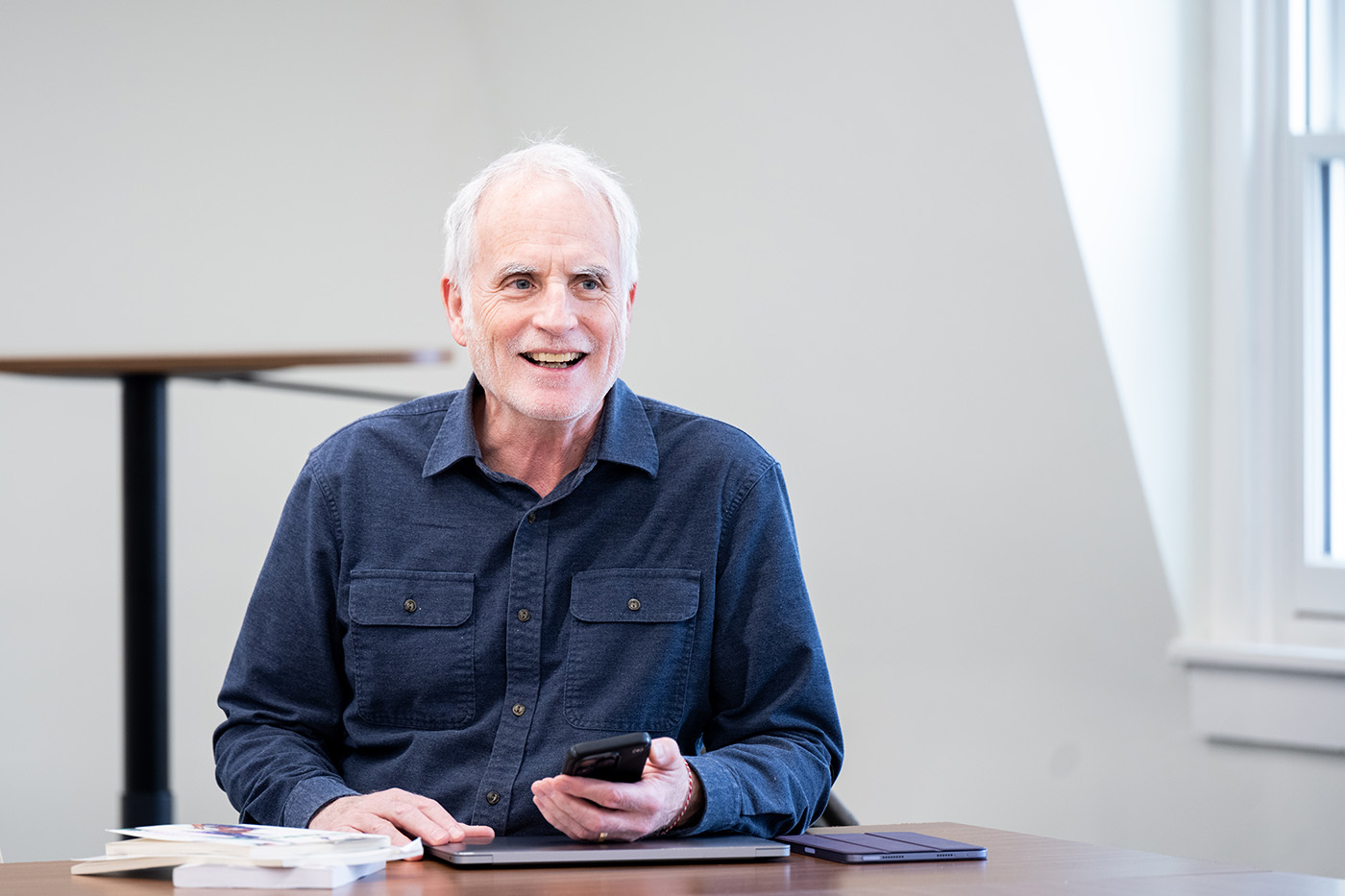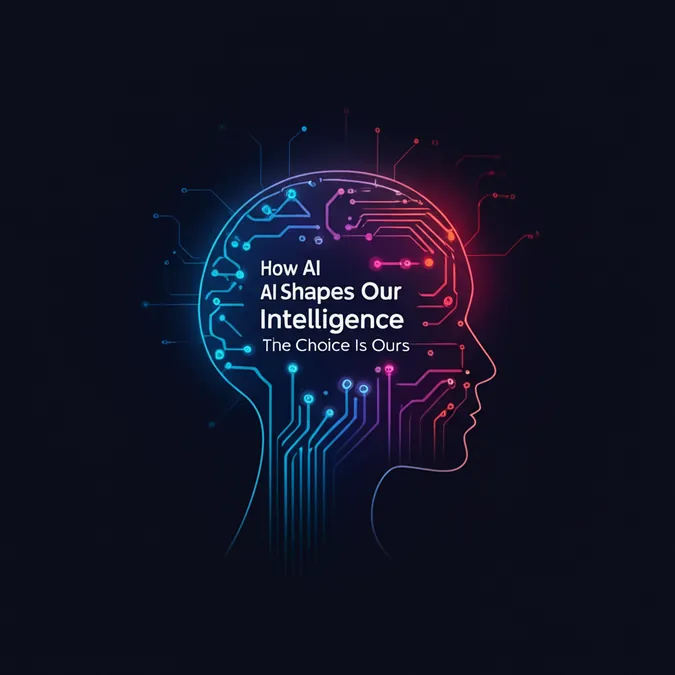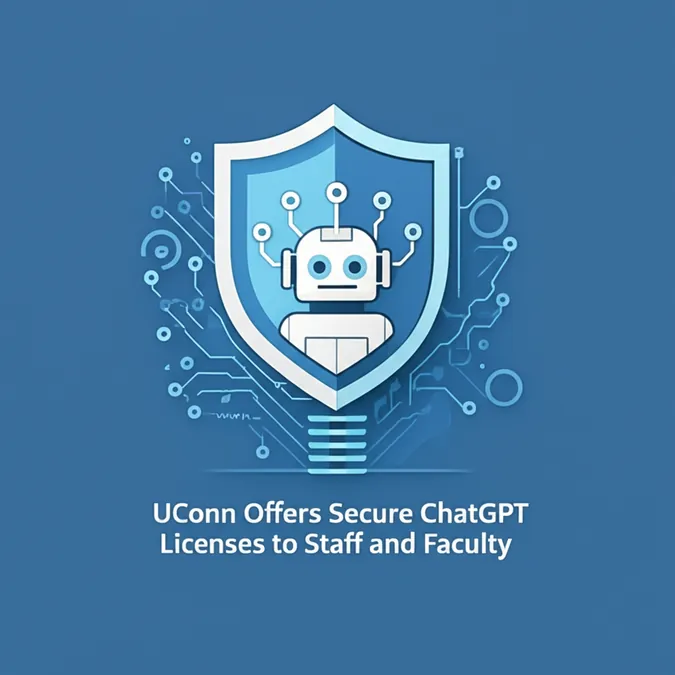Developer Offer
Try ImaginePro API with 50 Free Credits
Build and ship AI-powered visuals with Midjourney, Flux, and more — free credits refresh every month.
Beyond The Code A Humanist Take On AI
Beyond Technical and Economic Concerns
The conversation around artificial intelligence often gets stuck on two main points: how powerful will it get, and how many jobs will it replace? While these are crucial questions, Brown University is pushing the dialogue deeper, exploring the more fundamental questions bubbling just beneath the surface. What does it even mean for a machine to be intelligent? How does AI challenge our ideas of human creativity? Can we call AI-generated text language, or even literature?
This spring, two new courses offered through Brown’s Cogut Institute for the Humanities tackled these profound questions head-on. The classes, "The History of AI" and "Reading the Large Language Models," were designed to blend deep technical knowledge with rich cultural and critical context, challenging students to think about how these technologies relate to humanity itself. Both courses were team-taught, pairing a humanities professor with a computer science professor.
"AI is absolutely everywhere," said Ellie Pavlick, an associate professor of computer science and linguistics. "And it’s this non-human thing trying to co-opt human bits of experience, like language. So we need people equipped to think about it and critique it, and they can't only be computer scientists. We need a variety of perspectives.”
Reading the Models: Language and Literature in the Age of AI
One of the new offerings was "Reading the Large Language Models," a seminar-style course examining the rise of systems like ChatGPT and their implications for language, literature, and culture.

John Cayley, a professor of literary arts who co-taught the class with Pavlick, pointed out the tension between how humanists view language and what LLMs can do. “Thinking and language are not generally understood by most of the people working in the artistic and humanist fields as being computable,” he explained. “If they’re right, that means what is computed as language or as text is not actually language."
The class itself was an experiment in interdisciplinary dialogue, with a student body split evenly between humanities and computational backgrounds. Laura Romig, a 2025 graduate who double-concentrated in comparative literature and applied math, found the exchange invaluable. “Both sides came to more of an understanding of the other side's field and methods of practice,” Romig said. She entered the class skeptical of AI's role in literature and left with a renewed appreciation for the power of human-created fiction to illuminate the world's complexities.
A Historical Lens on Artificial Intelligence
The second course, "The History of AI," provided much-needed historical context for the seemingly sudden emergence of generative AI. This lecture-style class, with over 40 students, journeyed from Aristotelian philosophy through the foundational computing work of Ada Lovelace and up to modern concepts of augmented intelligence.

The curriculum skillfully combined historical texts with fiction from authors like Karel Čapek, whose work first gave us the term "robot." It also incorporated non-Western viewpoints, featuring a lecture on “AI and Data Sovereignty in the Global South” that inspired a reading group and a blog post co-authored by a teaching assistant on the nonprofit news outlet Tech Policy Press.
“Knowing the history of AI invariably changes the way one sees and engages with it,” noted Holly Case, a professor of history and humanities who co-taught the course. Her teaching partner, computer science professor Suresh Venkatasubramanian, emphasized the importance of this context. “When we talk about whether LLMs can understand language... we should also be understanding how language — the very idea of who is allowed to speak, and what speaking says about thinking — has evolved over the centuries,” he said.
Fostering Discourse Across Disciplines
While no single class can provide all the answers, both courses succeeded in kickstarting a critical conversation between technical and humanist disciplines. Faculty and students alike agreed that this cross-pollination of ideas is essential for navigating the future of AI.
“I love seeing students engage with AI from a non-technical perspective, and to see technical students confront arguments about AI that aren’t empirical ones,” Pavlick reflected. “It serves as a valuable reminder that complicated problems require complicated solutions.”
Compare Plans & Pricing
Find the plan that matches your workload and unlock full access to ImaginePro.
| Plan | Price | Highlights |
|---|---|---|
| Standard | $8 / month |
|
| Premium | $20 / month |
|
Need custom terms? Talk to us to tailor credits, rate limits, or deployment options.
View All Pricing Details

